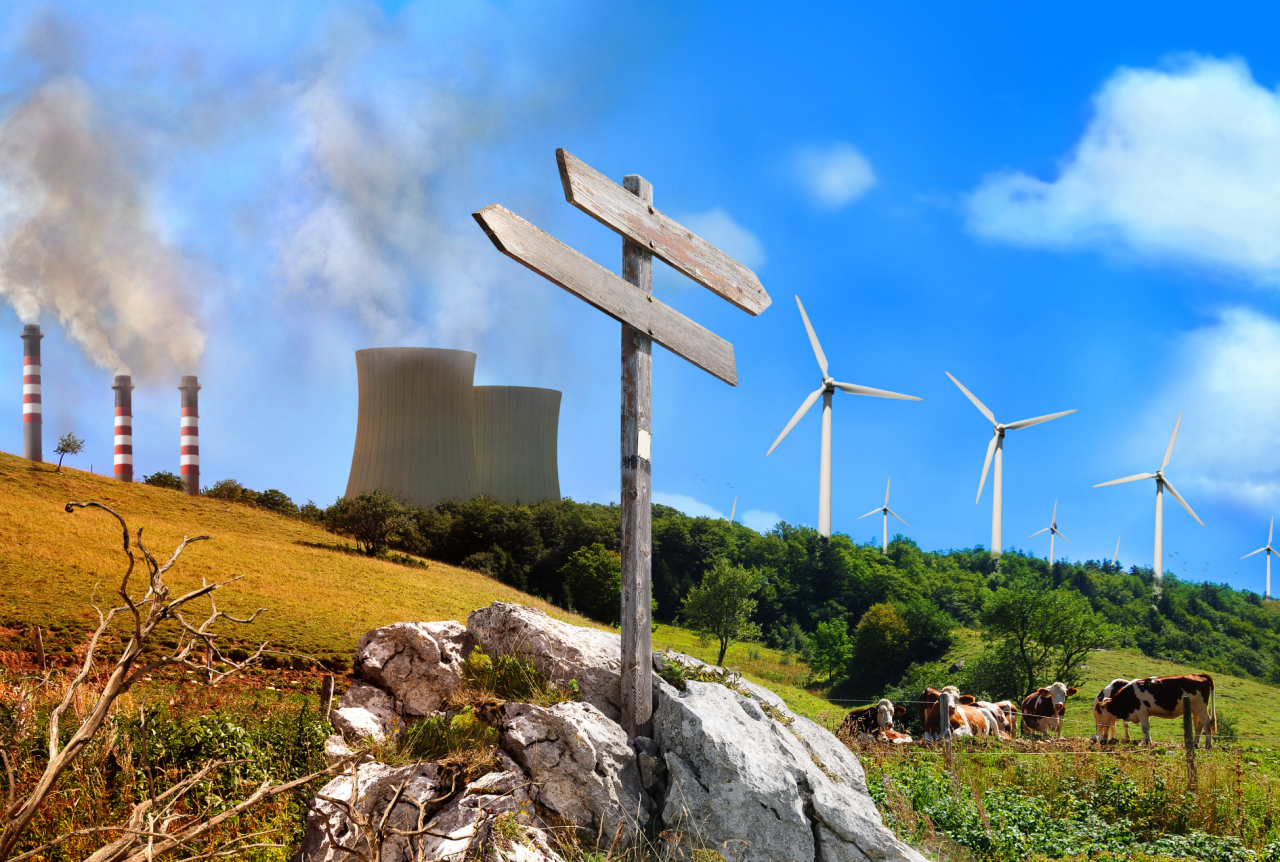In this article
Cost of Living Crisis? Nuclear Fuel Investment vs. Wind Power
In April, the UK Government published its long-awaited Energy Security Strategy. It was launched with much fanfare but has subsequently been criticised in many quarters for its vague aspirations and lack of tangible targets, and for failing to address the current energy challenges faced by consumers and industry. Critics also point to the missed opportunities for the development of onshore wind and tidal power, the limited support for improving energy efficiency and the risks from the proposed growth in oil and gas exploration and fracking.

Nonetheless, there is clearly an intention to develop a much stronger UK energy infrastructure, based on a combination of technologies to provide a far greater degree of energy security than we currently enjoy. Developing a secure and dependable infrastructure is, however, only part of the story. To have a realistic chance of achieving the Government’s net-zero target of 2050 we need to develop a parallel strategy that significantly reduces both the short- and long-term demand for energy.
According to the Office for National Statistics (ONS), housing accounts for around 37% of all carbon emissions. The strategy document claims that ‘by 2025 around 700,000 homes will be upgraded’ with energy reducing measures. Unfortunately, this is a drop in the ocean, as a study by the IET and Nottingham Trent University found that there are 26 million homes that will require upgrading by 2050; that means at least one million houses need to be insulated every year, starting now.
Insulating homes and public sector buildings to prevent heat loss is crucial. But we need to go further and look beyond the housing stock. The same ONS report shows that manufacturing accounts for 21% of all carbon emissions, transport and storage for 20%, and electricity, gas, steam and air conditioning supply for the remaining 22%. Sadly, there was little mention of specific measures to help these important sectors in the Energy Security Strategy
Despite the lack of Government support for the commercial sectors, companies across industry have taken the initiative in recent years. This has generally been driven by a combination of commercial and environmental imperatives. Measures taken have included reducing heat losses from buildings, fitting energy efficient lighting and the replacement of older motors and pumps with energy efficient devices.
The recent dramatic increases in energy prices are now giving fresh impetus to the drive to find ever more creative ways of minimising energy consumption. The challenge for many companies is that they have already taken the easiest steps; they now need advice and practical assistance to move to the next level.
This is where ERIKS experts can help. They can, for example, run specialised programmes, such as thermographic, steam-trap and compressed air systems surveys, or can review process control parameters, to identify areas for energy savings, potentially linked to enhancements in quality or productivity. They’ll bring the know-how and experience to your business that will enable you to reduce your energy demands and costs, often without the need for significant investment in new or alternative technologies.
Although the Energy Security Strategy is a good start, it’s far from complete. It has been described by a number of industry experts as ‘more of a set of aspirations, rather than a strategy’. Either way, it’s now incumbent on all of us, consumers and businesses alike, to take positive steps to reduce our energy demand as quickly as possible, until such time as we have a truly integrated, fully functioning and secure nationwide energy infrastructure.
For more information on Energy solutions, get in touch with your local ERIKS Service Centre who will be happy to discuss your options.
#ERIKS #LetsMakeIndustryWorkBetter #CostOfLiving #EnergySecurity #Nuclear #Wind

